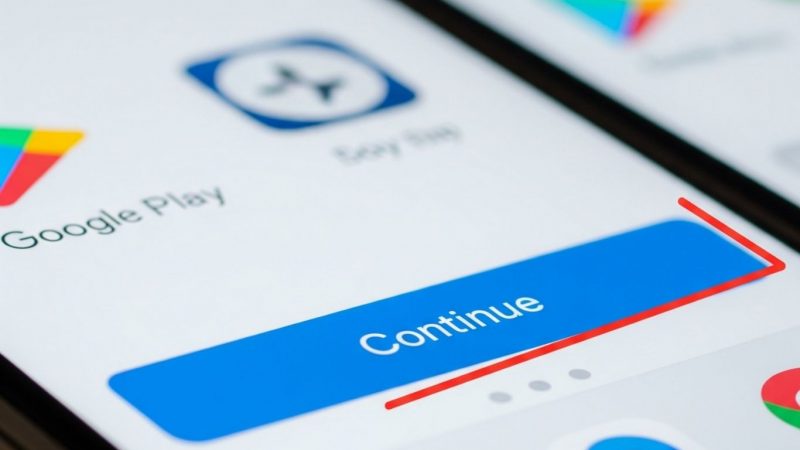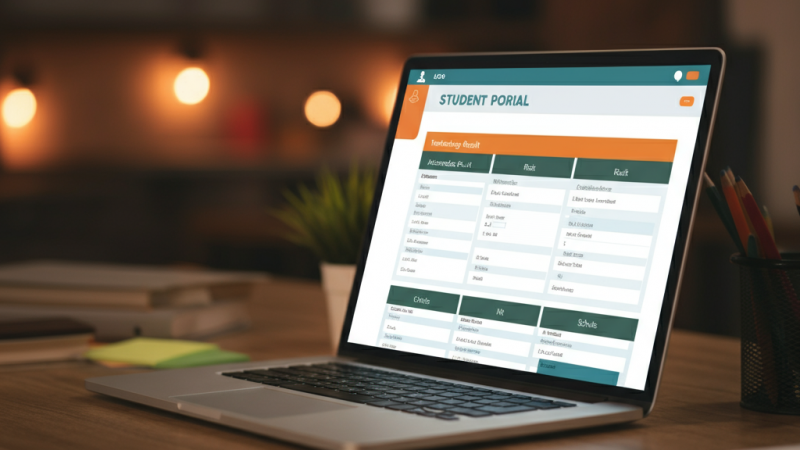Benefits of Email Marketing and How to Make Your Emails More Effective
Email is a highly effective and widely used method for businesses to connect with their audience, build relationships, and drive conversions. Let us find out some of its crucial benefits.
Top Benefits of Email Marketing
Direct and personalized communication: Email allows businesses reach their audiences in a personalized way. They can create a sense of individual connection and increase engagement by addressing recipients by name and tailoring the content to their interests or preferences.
Cost-effective: According to Forbes, email marketing is a cost-effective strategy compared to traditional marketing channels. With email marketing, businesses can reach a large audience at a fraction of the cost of conventional direct mail and advertising.
Focused targeting: Businesses can collect email addresses of interested individuals and build a subscriber list through opt-in processes! It allows them to deliver targeted messages to specific audience segments based on demographics, behavior, or other relevant factors.
Increased conversion rates: Email marketing has consistently shown high conversion rates. Businesses can encourage subscribers to take desired actions like purchasing, signing up for a service, or downloading a resource by sending relevant and engaging content.
Measurable results and analytics: Email marketing provides detailed analytics and insights into campaign performance. Businesses can track metrics like open rates, click-through rates, conversion rates, etc. to analyze and optimize their email campaigns, observes a salesmarketingfunnel marketing consultant.
Email Marketing Best Practices
Email marketing best practices help improve email deliverability, engagement, and conversion rates. Some email marketing best practices:
Permission-based marketing: Only send emails to individuals who have opted in to receive your emails. Avoid purchasing or renting email lists, as they typically result in low engagement and high spam complaints.
Personalization: Personalize your emails based on recipient data such as name, location, and past interactions. Use dynamic content and segmentation to tailor your messages and make them more relevant to each subscriber.
Clear and compelling subject lines: Write concise, engaging subject lines that accurately reflect the content of the email. Avoid using deceptive or misleading subject lines since they can negatively impact your credibility and open rates.
Relevant and valuable content: Provide valuable content relevant to your subscribers’ interests and needs. Deliver educational materials, industry insights, exclusive offers, and personalized recommendations to keep your audience engaged and interested in your emails.
Clear call-to-action (CTA): Use a clear and prominent CTA in your emails to direct recipients toward the desired action, such as making a purchase, downloading a resource, or signing up for an event. Make sure the CTA is prominently displayed and easily clickable.
Optimal email frequency: Find the right balance for your email frequency. Avoid overwhelming subscribers with too many emails since they can lead to unsubscribes or marked emails as spam. Conversely, sending emails too infrequently may cause subscribers to forget about your brand.
Conclusion
Despite having being around for a long time emails remain one of the most effective digital marketing methods. Marketers must keep monitoring the performance of their campaigns and changes in email regulations to ensure compliance while adhering to the best practices.






